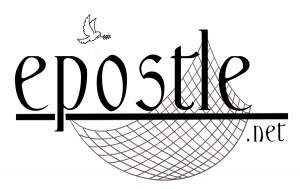Mary’s Yes
Armodoxy for Today: Mary’s Yes
Mary, the mother of Jesus, is the first of all the saints in the Church. In the Armenian Church she is referred to the Asdvadzadzin (= Bearer of God) or Asdvadzamayr (= Mother of God). These titles tell us more about the primacy of Jesus Christ in our Faith, than they do about Mary, but they point to the reverence with which we must approach the Blessed Mother.
Unique in the Christian story, Mary is chosen by God to bear the Christ Child. We encounter Mary in the Scriptures at the Conception, the Birth, in the adolescent period of Jesus and finally at the Crucifixion, at the foot of the Cross watching as her child is beaten, tortured and killed by the same humanity for which he came to save. Mary is the only witness, according to Scripture, of Jesus’ life from “cradle to grave.” Though it may be possible that Joseph lived as long, there are no details of his life beyond the story of Jesus at age 12. (Luke 2:41-49).
While much has been said and written throughout the centuries about Mother Mary, her story is a simple one which takes place in the first two chapters of the Gospels of St. Matthew and St. Luke. Even more, the simplicity of Mary’s story can be summarized in one word: Yes! Mary, the Holy Mother of God, is revered and set apart from all the saints because of a simple and courageous “Yes” that she said to God’s invitation.
The story of that “Yes” cannot be more eloquently expressed than it is in the Gospel of St. Luke (chapter 1),
Now in the sixth month the angel Gabriel was sent by God to a city of Galilee named Nazareth, to a virgin betrothed to a man whose name was Joseph, of the house of David. The virgin’s name was Mary. And having come in, the angel said to her, “Rejoice, highly favored one, the Lord is with you; blessed are you among women!”
But when she saw him, she was troubled at his saying, and considered what manner of greeting this was. Then the angel said to her, “Do not be afraid, Mary, for you have found favor with God. And behold, you will conceive in your womb and bring forth a Son, and shall call His name Jesus. He will be great, and will be called the Son of the Highest; and the Lord God will give Him the throne of His father David. And He will reign over the house of Jacob forever, and of His kingdom there will be no end.”
Then Mary said to the angel, “How can this be, since I do not know a man?”
And the angel answered and said to her, “The Holy Spirit will come upon you, and the power of the Highest will overshadow you…” Then Mary said, “Behold the maidservant of the Lord! Let it be to me according to your word.” And the angel departed from her.
Mary’s “Yes” to the angel is simple, yet powerful. It seems to have flowed off of her tongue, yet took the courage of a lifetime to utter. Mind you, we’re talking about 2000 years ago, in the Middle East. This story is not in 21st century USA. The sentence for unwedded pregnancy was death, not to mention the humiliation, dishonor and stigma it cast on your family. The pressure, both real and psychological to say “No” was great, and so the value of that “Yes” was beyond measure. And so it was that her “Yes” changed the course of human history, for unto her a child was born who is the Son of God.
Now, invite Mary’s action to your 21st century. Every day and every moment we are asked to bring Christ into this world. Christ is the incarnation of love. By loving, caring, being empathetic to the needs of others, we are bringing Christ into this world, we are saying “Yes” to God. It’s as simple as that and the level of difficulty to do so, is up to us. Armodoxy is a testament to a people who have chosen to bear Christ to the world. It has not been easy, but the reward has been great. Every Armenian Church altar bears the image of St. Mary presenting, offering, Jesus Christ, Love to the world. Every altar is a reminder that this “Yes” changes human history.
We pray, “Lord, Jesus Christ, your holy mother said yes to the invitation to bear you and present you to the world. You came into a world of darkness and brought light, into a world of hate and preached love. I say Yes today, to bring light and love to a hurting world. Shine in my life, move me in the paths of your love, always. Amen.”


